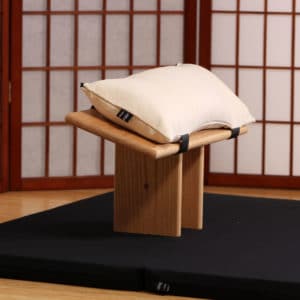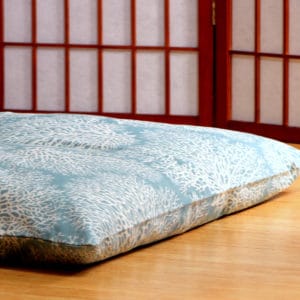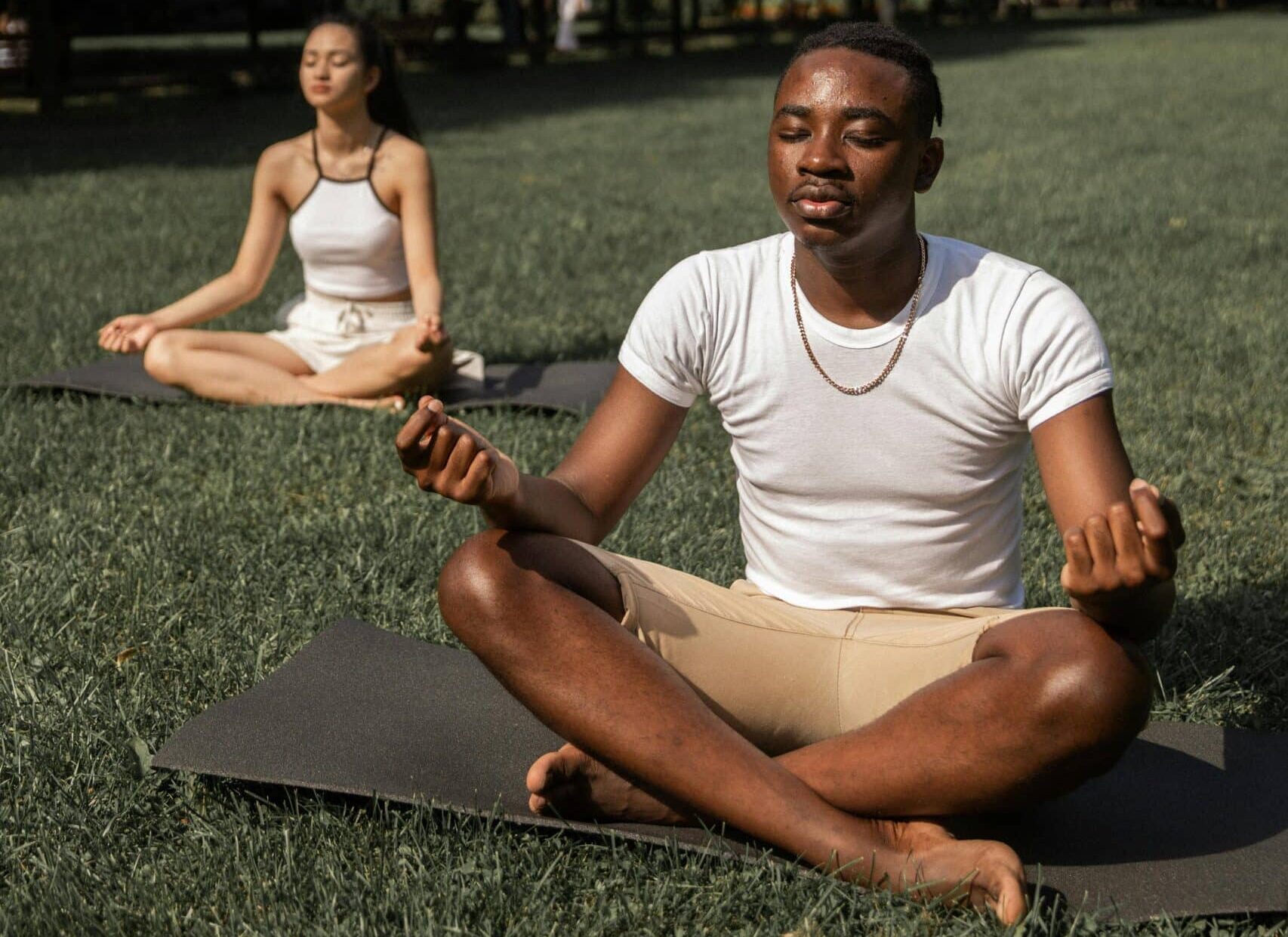
What comes to mind when you think of meditation? Perhaps someone with their legs twisted up like a pretzel? Don’t worry, meditation does not have to be, nor is it intended to be uncomfortable: it is about you and your body. The good news is that there are different positions you can use to suit your flexibility and comfort level. Here we’ll show you some beginner meditation poses (as well as some more advanced ones) for you to experiment with.
Traditionally most meditation is done while seated, but there are also standing and supine (laying down) positions. Each posture offers unique benefits and challenges. In this guide, we’ll explore several options, including seiza, tadasana, burmese, savasana, and more, to see which is right for you.
We’ll also go over proper posture, focusing on the spine, chin, shoulders, jaw, and hands.
Seated Meditation Positions:
Seated meditation positions are perhaps the most common, offering a balance of stability and comfort for extended periods of meditation. The lotus position (padmasana) and burmese position are two popular seated postures that promote spinal alignment and relaxation.

Seiza:
Seiza is a traditional Japanese meditation posture characterized by kneeling with your buttocks resting on your heels and your spine upright. This position promotes stability and groundedness, with minimal strain on the knees and hips. Zen practitioners commonly sit in seiza. You can also sit in the seiza position while using a meditation bench, or a zafu.
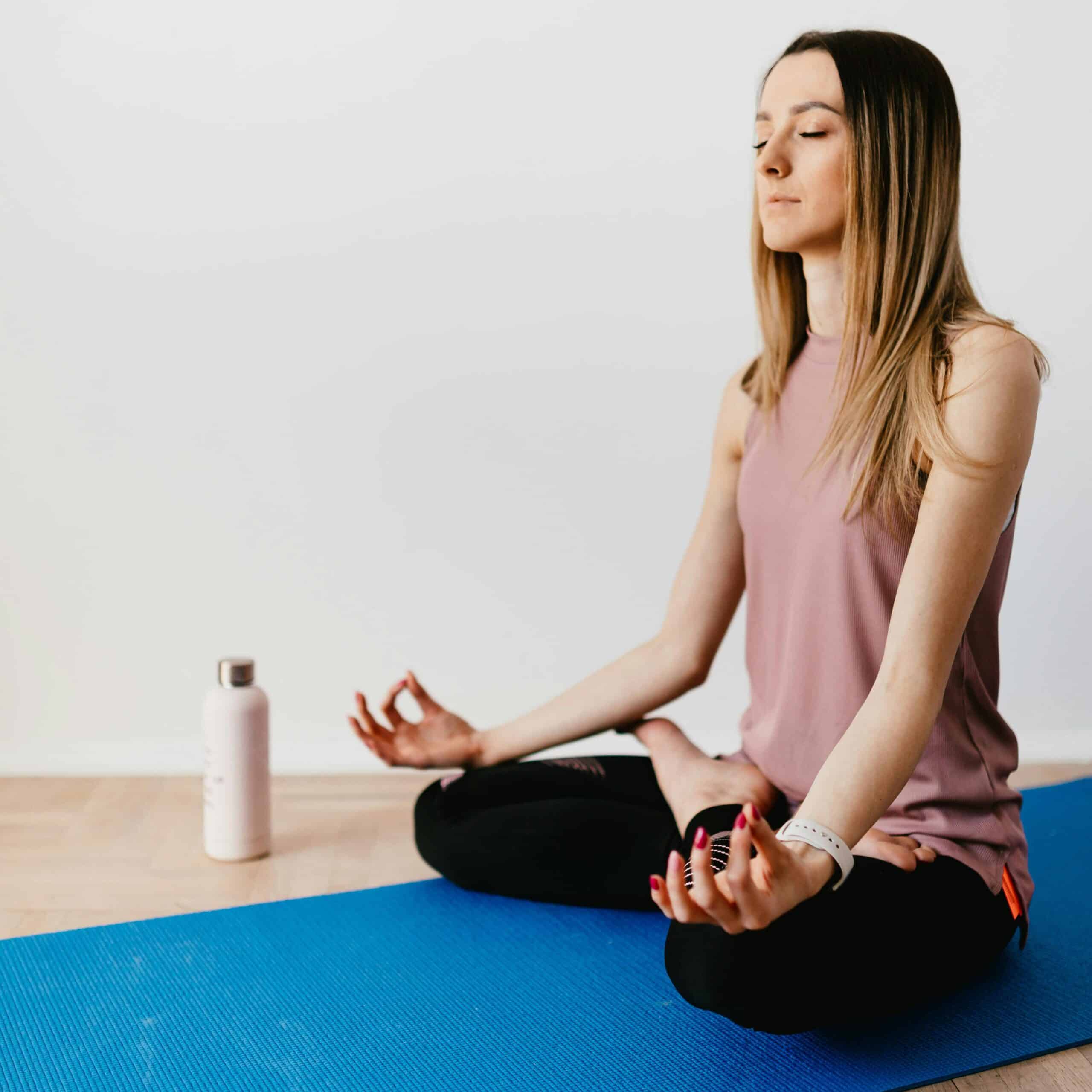
Lotus Position:
The lotus position, or padmasana, is a classic seated meditation posture. In this position, you cross your legs and place each foot on the opposite thigh, with your spine straight. Your hands can rest on your knees or in a mudra.
Variations of lotus position include half lotus and quarter lotus, which are incrementally easier than the full position. We recommend starting with one of these variations before working up to sitting in full lotus.
Burmese:
The burmese position is a simple seated meditation posture that offers greater flexibility and accessibility for practitioners of all levels. To assume the burmese position, cross your legs in front of you with the tops of your feet resting flat on the ground (or zabuton). Ideally both knees should also rest on the floor, but this may not be possible at first, depending on your flexibility. Like other seated meditation postures, your spine should erect, with the chin resting softly towards the chest.
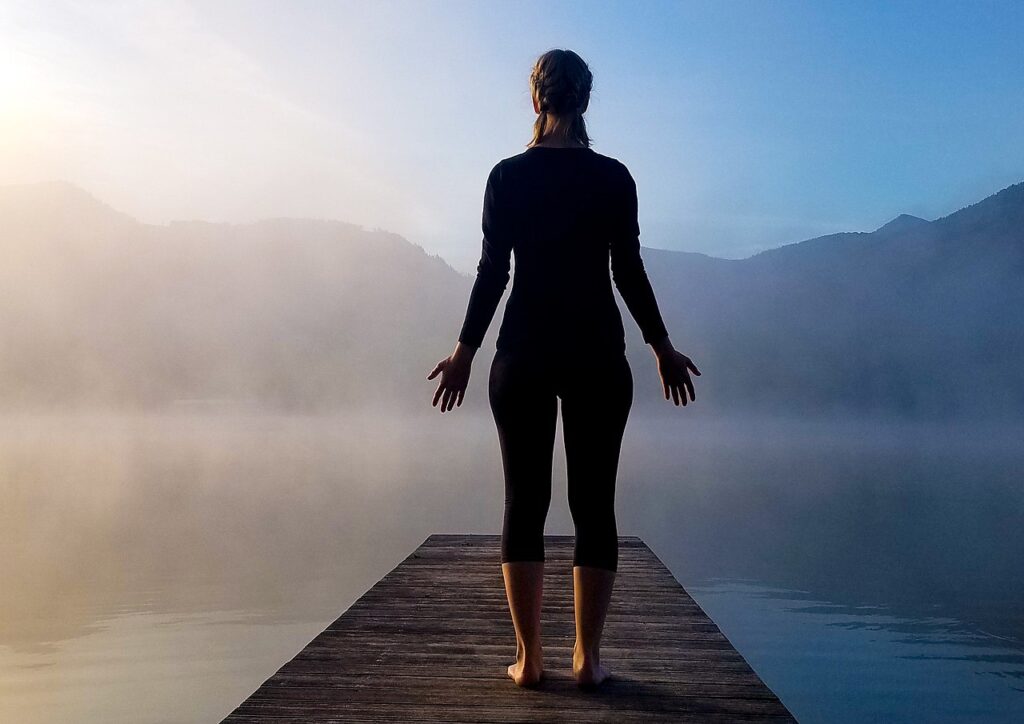
Standing Meditation Positions:
Standing meditation positions, such as the mountain pose (tadasana) in yoga, involve grounding your feet firmly on the ground, stacking your joints, and elongating your spine. This posture promotes a sense of stability, strength, making it ideal for dynamic meditation practices like Qigong or Tai Chi.

Supine Meditation Positions:
Supine meditation positions involve lying on your back with your arms and legs extended and your palms facing upward. The corpse pose (savasana) is a classic supine posture often practiced at the end of yoga sessions to promote relaxation. Savasana allows your body to fully surrender to gravity, releasing tension and stress from the muscles and joints. This posture is particularly beneficial for beginners or individuals with physical limitations, as it requires minimal effort.

Keys to Meditation Posture:
Regardless of the meditation position you choose, there are several key elements to consider to ensure proper posture and alignment:
- Spine: Keep your spine straight and elongated, allowing the natural curves to support your posture. Imagine a string pulling you up from the crown of your head, lengthening your spine towards the sky.
- Chin: Gently tuck your chin towards your chest to lengthen the back of your neck and align your spine. Avoid jutting your chin forward or tilting it upward, which can create tension in the neck and shoulders.
- Shoulders: Relax your shoulders and allow them to drop away from your ears. Roll your shoulder blades down and back to open your chest and facilitate deep breathing.
- Jaw: Soften your jaw and relax your facial muscles, allowing your teeth to separate slightly and your tongue to rest gently on the roof of your mouth.
- Hands: Place your hands in a comfortable position, either resting on your knees, clasped in your lap, or forming a mudra (hand gesture) to enhance concentration and energy flow.
-
Center Meditation BenchFrom: $139.00
-
Product on saleRegular ZabutonFrom:
$79.00$69.00 -
Product on saleRound ZafuFrom:
$67.00$59.00

